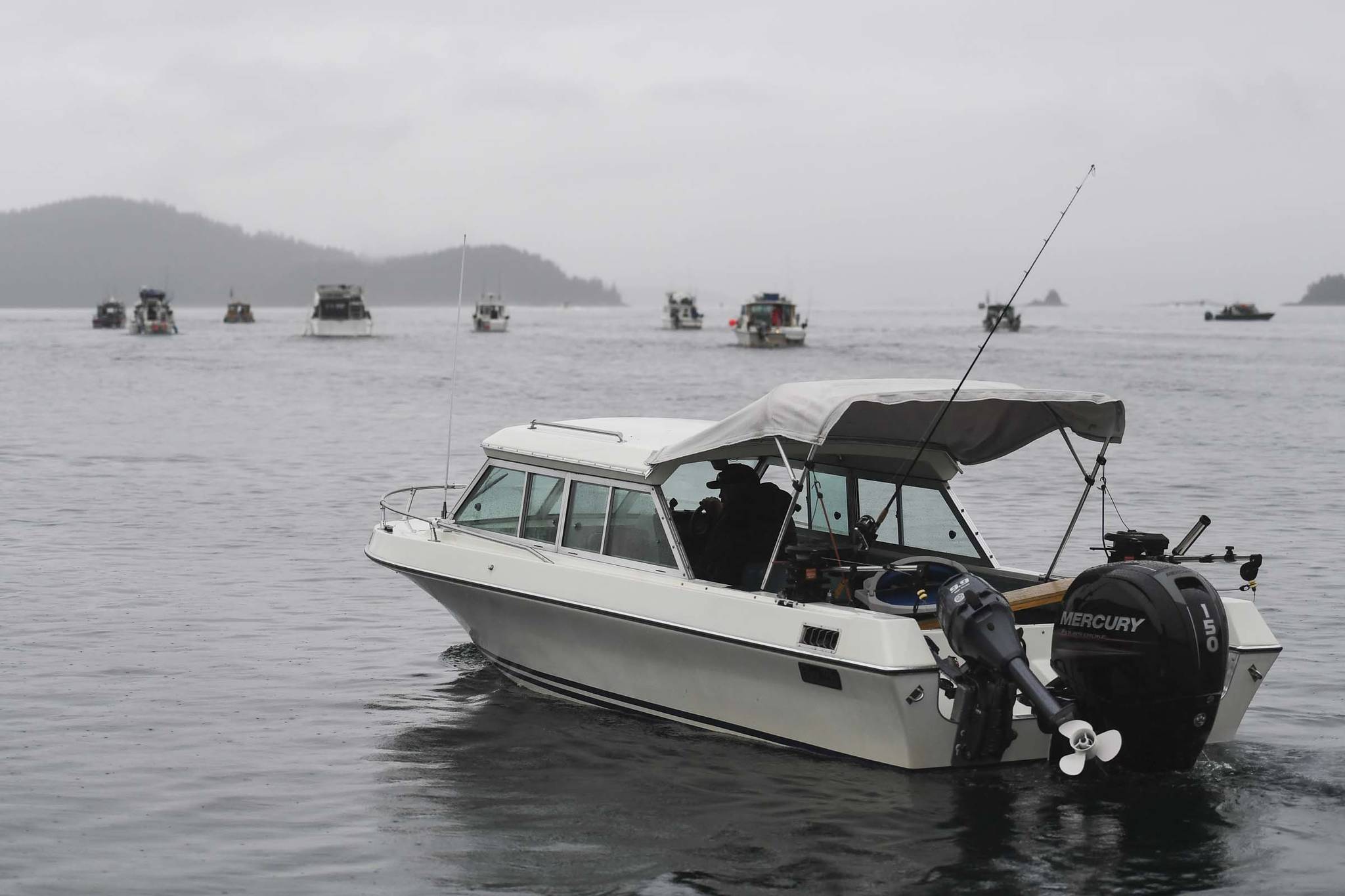Recreational boating deaths in Alaska rose for the third year in a row in 2018, according to a new Coast Guard report released Tuesday.
Nationally, 633 boating deaths were reported, according to the report. That is about a 4-percent decrease from 2017; however, Alaska had two more deaths — 22 — than last year’s total of 20.
The highest number of deaths detailed in the report were caused by drowning, especially where the victim wasn’t wearing a life jacket. About half of all deaths involved open motorboats. Alcohol use was the single largest contributing factor to deaths while boating.
“About 30 percent of fatalities in Alaska have alcohol as a causal factor,” said Mike Folkert, a specialist in boating safety for the Coast Guard.
Coast Guard medevacs man from cruise ship near Douglas
Alaska’s recreational boating-death numbers were high when compared to the average by population.
For comparison 13 recreational boating deaths were reported in Montana in 2018, according to the report. There were 21 in Washington and 10 in Idaho. Florida led all states with 57 such reported deaths.
Folkert said that’s because of what he termed “high exposure.” That means Alaskans spend more time on the water than residents of most other states and therefore have higher rates of accidents.
“You go out in rural Alaska and they use boats in the way we use a car,” Folkert said. “There is probably one boat for every three people in Southeast Alaska.”
Lack of mandatory boating education, owing to Alaska’s voluntary boating education status, is also a factor. Fewer than six states are still voluntary, Folker said; every other state has a mandatory class required to operate a boat.
“I think the statistics show that 73 percent boaters who die in boating accidents or are injured have no form of boater education,” Folkert said.
Twenty-four pounder wins 2019 Salmon Derby
Life vest use and cold water were two other factors involved in fatality rates for boating accidents in Alaska, Folkert said.
“Once you go in the water, you have about an hour to survive,” Folkert said. “You have ten minutes of manual dexterity.”
Boaters should always let someone know where they’re going and when they plan to be back, Folkert said. Wearing a life jacket, not drinking and boating, and being careful of the weather are always good suggestions for boaters as well, Folkert said.
• Contact reporter Michael S. Lockett at 523-2271 or mlockett@juneauempire.com.

